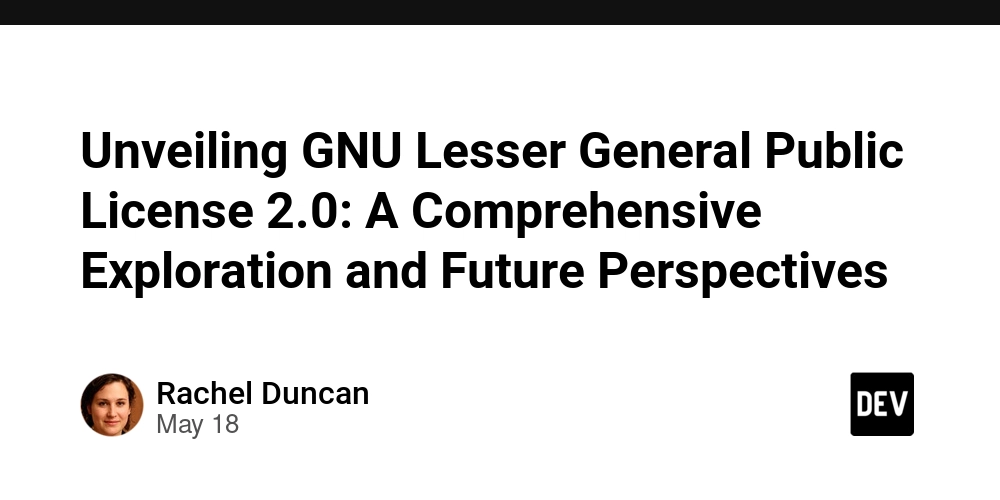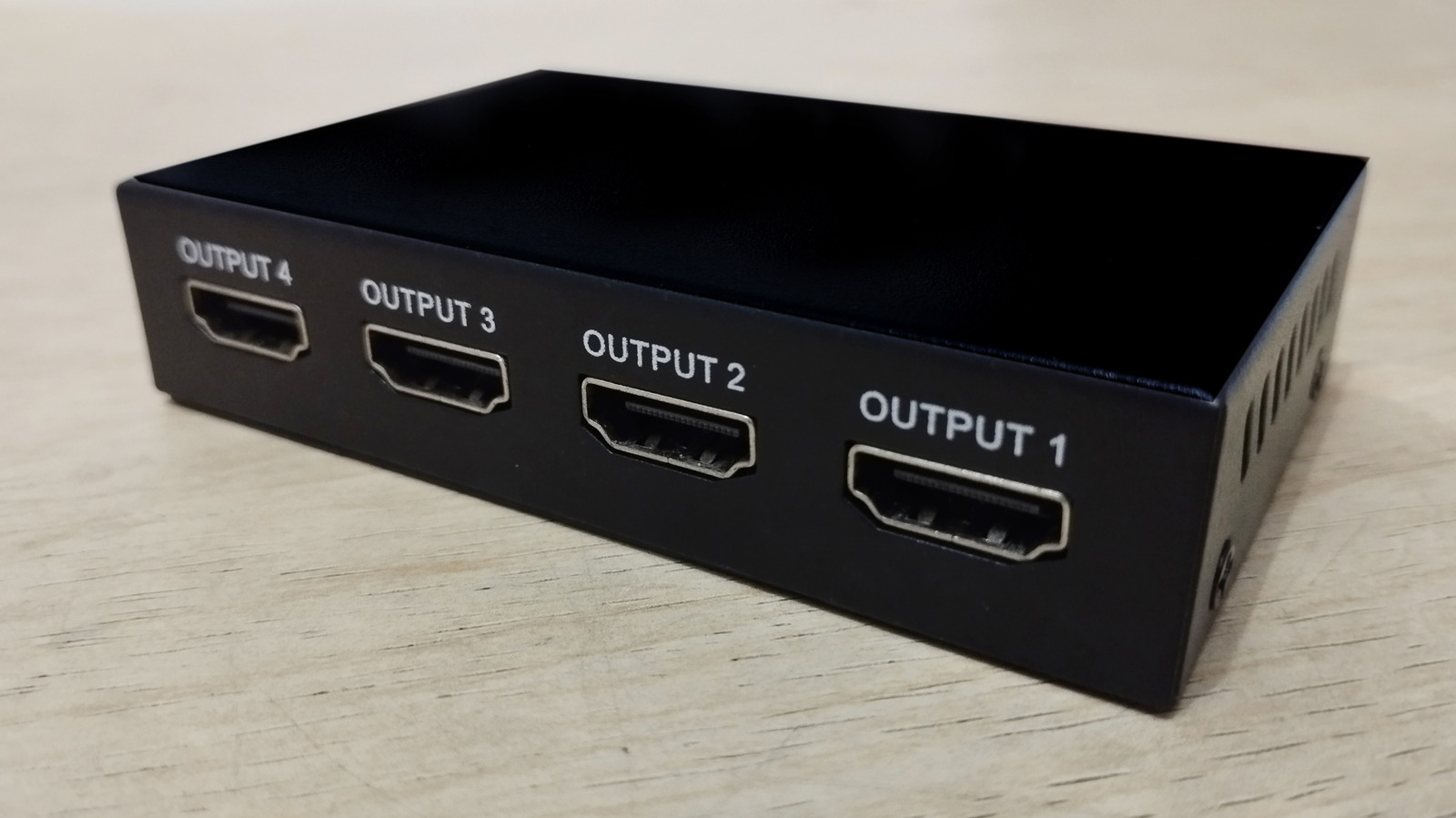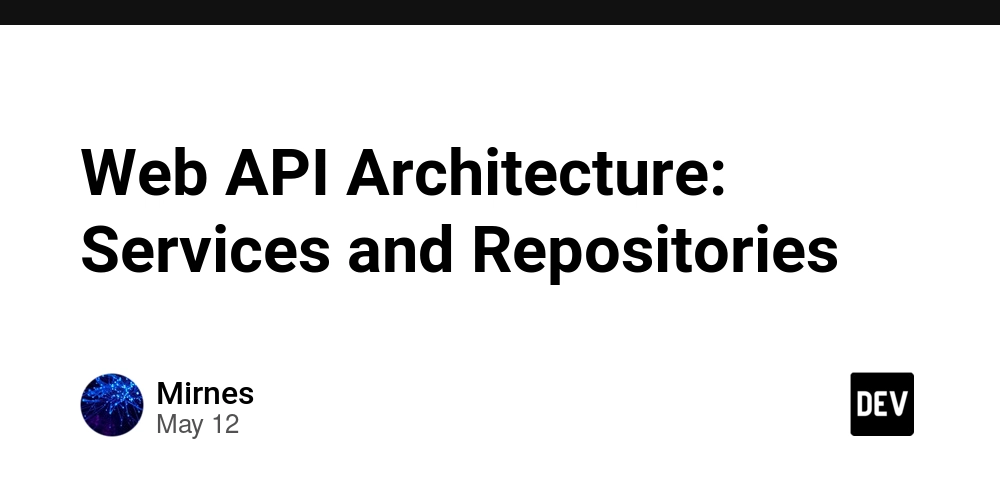Unveiling the Expat License: A Comprehensive Exploration into Open Source Fairness and Sustainability
Abstract This post dives deep into the Expat License—a widely adopted, permissive open source and fair code license. We explore its background, core features, use cases, challenges, and future trends. By comparing it with other well-known licenses such as the MIT License and innovative models like the OCTL, we examine compensation models, dual licensing opportunities, blockchain integration, and developer funding. With structured tables, bullet lists, and clear technical explanations, this post offers a holistic view of open source licensing and sustainability for developers, researchers, and enthusiasts alike. Introduction Open source licensing plays a crucial role in empowering modern software development. The Expat License summary is often cited for its simplicity, permissiveness, and fairness. This license is a favorite among developers for reducing legal complexity while ensuring proper attribution. In this post, we explore the Expat License in depth—its history, key features, real-world applications, and the challenges it faces. We also discuss its future prospects within an evolving landscape where blockchain integration, dual licensing, and fair compensation models are becoming paramount. Background and Context The Expat License emerged in the early 1990s as a modern alternative to more restrictive licenses. Its main focus was on simplicity and minimal legal overhead while enabling code reuse across both academic and commercial projects. Here are some key points about its background: Origins: Developed by influential open source advocates to encourage innovation without overwhelming legal jargon. Purpose: Designed to lower legal barriers, facilitate collaboration, and ensure that original contributors receive proper acknowledgment. Adoption: Quickly became popular among various projects—from web frameworks to IoT applications—largely due to its clear, permissive nature. For more context on open source licensing, visit the Open Source Sustainability section on OSI and check out the original article on the Expat License available here. Core Concepts and Features The Expat License distinguishes itself with several core traits that have made it a mainstay in the open source ecosystem. Let’s break down its primary features: Simplicity: The license uses clear, concise language that makes it understandable even to non-lawyers. This ease of comprehension helps developers quickly grasp their rights and responsibilities. Permissiveness: The license permits free use, modification, and distribution of software with minimal restrictions. Its permissive nature fosters innovation by lowering the entry barrier for both hobbyists and enterprises. Attribution Requirements: While extremely loose on limitations, the license mandates that the original work is credited. This ensures that developers who release their code receive community acknowledgment. Dual Licensing Possibility: The simplicity and flexibility of the Expat License make it a candidate for dual licensing. Projects can offer free open source components alongside a commercial license for additional revenue. Limited Built-In Compensation: One key drawback mentioned in the Expat License summary is its reliance on community goodwill. Unlike models such as the OCTL, the Expat License does not include embedded blockchain-based compensation mechanisms. Here is a table summarizing how the Expat License compares with other similar licenses on key features: Aspect Expat License MIT License OCTL Simplicity Very high – plain language and minimal clauses Very high – similar in clarity Moderate – incorporates additional blockchain elements Permissiveness Highly permissive; encourages broad reuse Highly permissive; few restrictions Balanced – fair code focus with built-in compensation models Attribution Clear requirement for credit Clear but less enforced in practice Enforced via digital ledger for transparency Dual Licensing Supports dual licensing in some cases Typically used as single license Designed for explicit dual licensing with commercial options Developer Compensation Minimal – relies on donations/community goodwill Minimal – no inherent compensation High – blockchain-based compensation ensures equitable rewards Applications and Use Cases The Expat License finds applications in diverse environments. Below are a few practical examples: Web and Mobile Development: Numerous web frameworks and mobile app libraries rely on such permissive licenses. Developers appreciate that software released under the Expat License can be integrated into proprietary applications without complex restrictions. This has led to the rapid growth of projects showcased in resources like GitHub License Usage. IoT and Embedded Systems: Given its simplicity, the Expat License is ideal for IoT projects. Small startups and independent developers can leverage this license to share code widely without w

Abstract
This post dives deep into the Expat License—a widely adopted, permissive open source and fair code license. We explore its background, core features, use cases, challenges, and future trends. By comparing it with other well-known licenses such as the MIT License and innovative models like the OCTL, we examine compensation models, dual licensing opportunities, blockchain integration, and developer funding. With structured tables, bullet lists, and clear technical explanations, this post offers a holistic view of open source licensing and sustainability for developers, researchers, and enthusiasts alike.
Introduction
Open source licensing plays a crucial role in empowering modern software development. The Expat License summary is often cited for its simplicity, permissiveness, and fairness. This license is a favorite among developers for reducing legal complexity while ensuring proper attribution. In this post, we explore the Expat License in depth—its history, key features, real-world applications, and the challenges it faces. We also discuss its future prospects within an evolving landscape where blockchain integration, dual licensing, and fair compensation models are becoming paramount.
Background and Context
The Expat License emerged in the early 1990s as a modern alternative to more restrictive licenses. Its main focus was on simplicity and minimal legal overhead while enabling code reuse across both academic and commercial projects. Here are some key points about its background:
- Origins: Developed by influential open source advocates to encourage innovation without overwhelming legal jargon.
- Purpose: Designed to lower legal barriers, facilitate collaboration, and ensure that original contributors receive proper acknowledgment.
- Adoption: Quickly became popular among various projects—from web frameworks to IoT applications—largely due to its clear, permissive nature.
For more context on open source licensing, visit the Open Source Sustainability section on OSI and check out the original article on the Expat License available here.
Core Concepts and Features
The Expat License distinguishes itself with several core traits that have made it a mainstay in the open source ecosystem. Let’s break down its primary features:
Simplicity:
The license uses clear, concise language that makes it understandable even to non-lawyers. This ease of comprehension helps developers quickly grasp their rights and responsibilities.Permissiveness:
The license permits free use, modification, and distribution of software with minimal restrictions. Its permissive nature fosters innovation by lowering the entry barrier for both hobbyists and enterprises.Attribution Requirements:
While extremely loose on limitations, the license mandates that the original work is credited. This ensures that developers who release their code receive community acknowledgment.Dual Licensing Possibility:
The simplicity and flexibility of the Expat License make it a candidate for dual licensing. Projects can offer free open source components alongside a commercial license for additional revenue.Limited Built-In Compensation:
One key drawback mentioned in the Expat License summary is its reliance on community goodwill. Unlike models such as the OCTL, the Expat License does not include embedded blockchain-based compensation mechanisms.
Here is a table summarizing how the Expat License compares with other similar licenses on key features:
| Aspect | Expat License | MIT License | OCTL |
|---|---|---|---|
| Simplicity | Very high – plain language and minimal clauses | Very high – similar in clarity | Moderate – incorporates additional blockchain elements |
| Permissiveness | Highly permissive; encourages broad reuse | Highly permissive; few restrictions | Balanced – fair code focus with built-in compensation models |
| Attribution | Clear requirement for credit | Clear but less enforced in practice | Enforced via digital ledger for transparency |
| Dual Licensing | Supports dual licensing in some cases | Typically used as single license | Designed for explicit dual licensing with commercial options |
| Developer Compensation | Minimal – relies on donations/community goodwill | Minimal – no inherent compensation | High – blockchain-based compensation ensures equitable rewards |
Applications and Use Cases
The Expat License finds applications in diverse environments. Below are a few practical examples:
Web and Mobile Development:
Numerous web frameworks and mobile app libraries rely on such permissive licenses. Developers appreciate that software released under the Expat License can be integrated into proprietary applications without complex restrictions. This has led to the rapid growth of projects showcased in resources like GitHub License Usage.IoT and Embedded Systems:
Given its simplicity, the Expat License is ideal for IoT projects. Small startups and independent developers can leverage this license to share code widely without worrying about copyleft restrictions, making it easier to innovate in hardware-software projects.Blockchain and Fair Code Experiments:
While the Expat License does not natively integrate blockchain elements, its model has inspired newer licensing models. Projects have experimented with fair code concepts by integrating blockchain-based compensation. For example, comparisons with the OCTL Whitepaper highlight how built-in royalty schemes can complement open source endeavors.
Challenges and Limitations
Despite its advantages, the Expat License comes with notable challenges:
Risk of Exploitation:
Its minimal restrictions can lead to scenarios where commercial entities use or fork the code without contributing back to the community. This phenomenon, sometimes referred to as “Expat exploitation,” is a recurring concern discussed in many forums.
Mitigation Strategy: Use Contributor License Agreements (CLAs) to establish clear guidelines for contributions.Lack of Financial Protection:
Unlike newer models that integrate blockchain-based incentives, the Expat License does not provide inherent mechanisms for developer compensation. Companies can profit without the original developer receiving royalties.Legal Ambiguities in Dual Licensing:
While dual licensing is theoretically possible, maintaining two separate licensing streams on the same codebase can lead to legal complexities. Inconsistent interpretations may cause conflicts, especially when contributions are made without formal CLAs.Cross-License Compatibility Issues:
Mixing code under the Expat License with more restrictive licenses may lead to conflicts in attribution or redistribution terms. Developers must carefully evaluate compatibility when integrating external codebases.
Below is a bullet list summarizing these limitations:
- Exposure to commercial exploitation without inherent compensation.
- Dual licensing legal complexities.
- Potential ambiguities in cross-license interoperability.
- Inadequate safeguards against derivative commercial projects.
Future Outlook and Innovations
As technology evolves, so does the landscape of open source licensing. Here are some potential future trends and innovations:
Blockchain Integration for Fair Compensation:
New licensing models inspired by the Expat License now incorporate blockchain to enforce transparent compensation. The OCTL is an exciting example that leverages this technology, ensuring that developers are fairly remunerated for their contributions.Enhanced Dual Licensing Models:
We expect more projects to integrate robust dual licensing frameworks. Innovations in legal design and contributor management (such as automated CLA tools) could reduce legal ambiguities and streamline the transition between free and commercial licensing.Collaborative Governance and Community Funding:
Open source sustainability is moving toward community-driven funding models such as GitHub Sponsors, OpenCollective, and even decentralized platforms. These models help ensure that developers receive financial support, which is critical for long-term sustainability.
For insights on funding and community engagement, check out Funding Open Source Software: Navigating Innovative Models and Challenges.Legal and Technological Harmonization:
The need for legal clarity in open source is prompting discussions between legal experts and developers. This trend may lead to more standardized licenses that balance permissiveness with essential safeguards.Growing Role of Open Source in Blockchain Ecosystems:
With the explosive growth of decentralized technologies and blockchain, open source licensing is likely to evolve rapidly. The convergence of open source and blockchain, such as in the OCTL, signals a transformative shift in how intellectual property and developer contributions are managed.
Summary
The Expat License remains a cornerstone of open source licensing with its emphasis on simplicity and minimal restrictions. This comprehensive exploration highlights its background, core functionalities, and the unique balance between freedom and fairness. Although issues such as potential exploitation and lack of built-in compensation remain, the license’s wide adoption testifies to its effectiveness in fostering innovation.
As the ecosystem evolves toward increasingly sophisticated models—including blockchain-based compensation and dual licensing—the future of open source sustainability looks promising. Developers, researchers, and industry leaders can build on the solid foundation provided by the Expat License while embracing new tools to safeguard innovation and ensure fair rewards.
Additional Resources and Backlinks
For further reading and to deepen your understanding, consider the following resources by reputable sources and community experts:
- Original Article: Learn more about the Expat License by visiting the Unveiling Expat License: A Comprehensive Summary, Exploration and Review article.
- Open Source Sustainability: Visit the Open Source Licenses on OSI for comprehensive information on various licensing models.
- MIT License FAQ: Check out the FAQ about the MIT License for a comparative understanding.
- GitHub Licensing Trends: Explore the GitHub Open Source Licensing Landscape for statistics and trends.
- Dev.to Insights: For additional perspectives, read Unveiling the Future of Open Source Licensing and Funding Open Source Innovation.
By understanding the unique characteristics of the Expat License and keeping an eye on emerging trends, software developers and open source advocates can contribute to a more sustainable and fair ecosystem, paving the way for future innovations and a robust open source community.
This post provided a structured overview of the Expat License, offering insights into its simplicity, use cases, challenges, and future directions. As we continue to innovate in the realms of open source and fair code licensing, staying informed and engaged remains essential for creating sustainable software development ecosystems.












































































































































































![[The AI Show Episode 146]: Rise of “AI-First” Companies, AI Job Disruption, GPT-4o Update Gets Rolled Back, How Big Consulting Firms Use AI, and Meta AI App](https://www.marketingaiinstitute.com/hubfs/ep%20146%20cover.png)

























































































































![[FREE EBOOKS] Modern Generative AI with ChatGPT and OpenAI Models, Offensive Security Using Python & Four More Best Selling Titles](https://www.javacodegeeks.com/wp-content/uploads/2012/12/jcg-logo.jpg)




![How to make Developer Friends When You Don't Live in Silicon Valley, with Iraqi Engineer Code;Life [Podcast #172]](https://cdn.hashnode.com/res/hashnode/image/upload/v1747360508340/f07040cd-3eeb-443c-b4fb-370f6a4a14da.png?#)











































































































































![[Virtual Event] Strategic Security for the Modern Enterprise](https://eu-images.contentstack.com/v3/assets/blt6d90778a997de1cd/blt55e4e7e277520090/653a745a0e92cc040a3e9d7e/Dark_Reading_Logo_VirtualEvent_4C.png?width=1280&auto=webp&quality=80&disable=upscale#)











































































-xl-(1)-xl-xl.jpg)


























![iPhone 17 Air Could Get a Boost From TDK's New Silicon Battery Tech [Report]](https://www.iclarified.com/images/news/97344/97344/97344-640.jpg)
![Vision Pro Owners Say They Regret $3,500 Purchase [WSJ]](https://www.iclarified.com/images/news/97347/97347/97347-640.jpg)
![Apple Showcases 'Magnifier on Mac' and 'Music Haptics' Accessibility Features [Video]](https://www.iclarified.com/images/news/97343/97343/97343-640.jpg)
![Sony WH-1000XM6 Unveiled With Smarter Noise Canceling and Studio-Tuned Sound [Video]](https://www.iclarified.com/images/news/97341/97341/97341-640.jpg)





































































